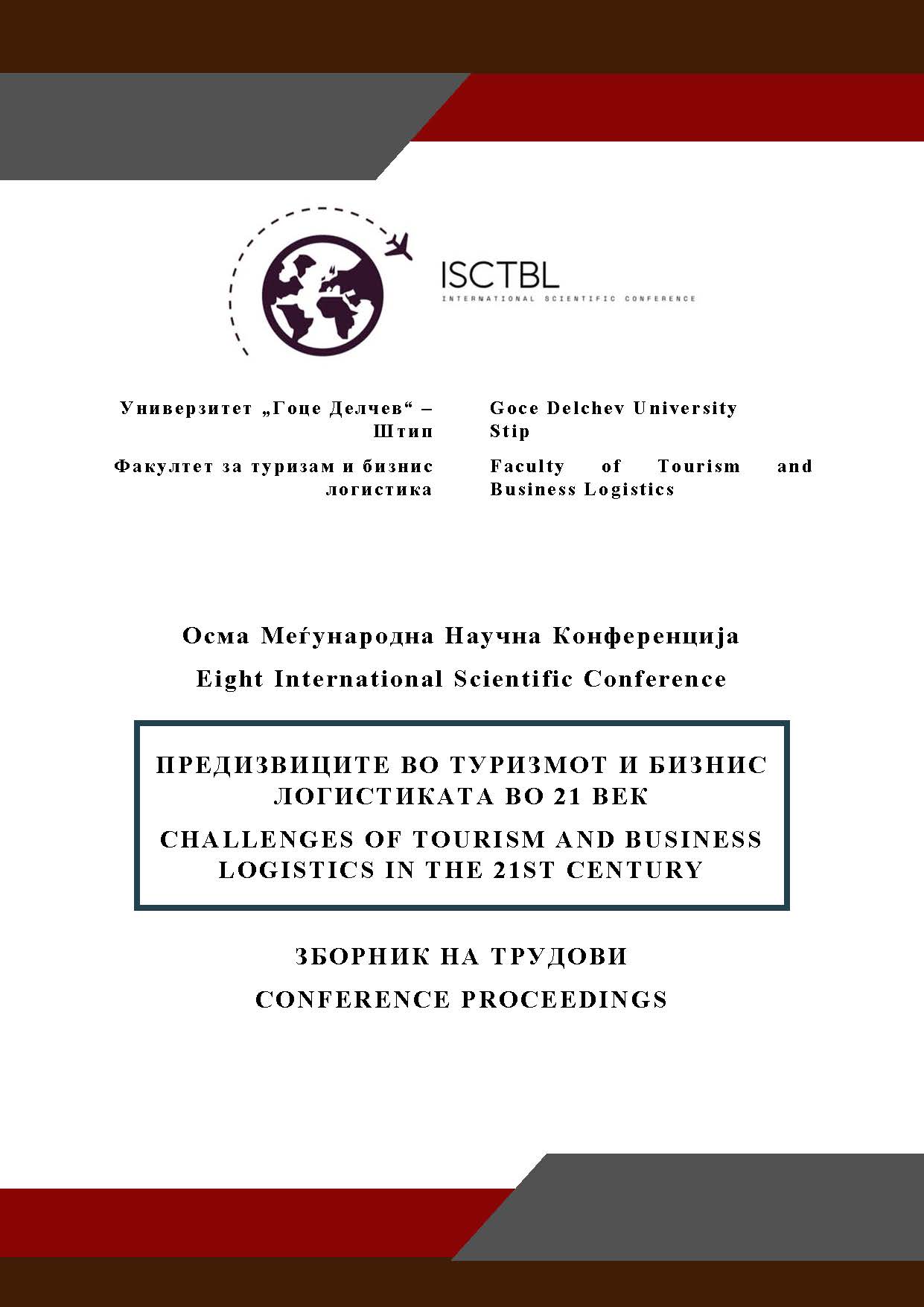CHEAP TALK, KRIPKE SEMANTICS, COMMON KNOWLEDGE AND TWO EXAMPLES OF BOOM, BUST & ASSET BUBBLES
DOI:
https://doi.org/10.46763/YFNTS258136jAbstract
This paper investigates the Crawford-Sobel model as cheap talk model where communication between players does (not) directly affect the payoffs of the game. Partition equilibrium and equilibrium actions do not converge with bias in beliefs. Green-Stoke model of information transmission showed that BNE differs from Cournot, Nash and Stackelberg and while Cournot is agent and principal best response, BNE is principal best response. Stackelberg equilibrium is outside of principals’ or agents' BR. Kripke model of partial separation with mixed strategy equilibrium show that if the world is beliefs/payoff ratio is higher than that of and if the world is beliefs/payoff ratio is higher than in world. In the common knowledge frame communication does not change the structure of knowledge in the model. Deterministic and bursting bubbles differ in the movement of dividend/price and capital gain. Whether investors coordinate for collective optimality Kantian equilibrium or not (Nash equilibrium) matters for asset bubble size.Dot.com bubble and 2008 financial crisis with Case-Shiller measure for housing bubble and S&P movements are investigated as some indicators for asset bubbles and cheap talk.

